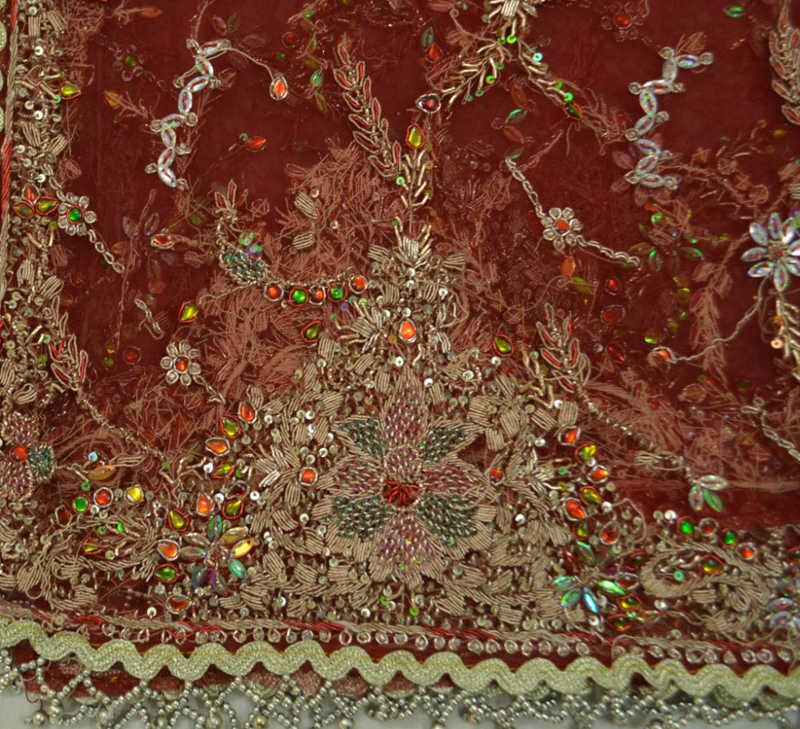===
0421,
2
===

=== |
 |
ibtidaa : 'Beginning, commencement, exordium; birth, rise, source, origin'. (Platts p.2)
intihaa : 'Termination, end, extremity, utmost point or limit, summit, utmost extent; completion'. (Platts p.88)
FWP:
SETS
MOTIFS
NAMES
TERMS == AMBIGUITY; MEANING; MEANING-CREATION; MOODVerse {842,5}, cited by SRF, makes beautiful wordplay out of the quite untranslatable idiom kyaa ;xaak -- literally, 'what dust'-- to indignantly reject the idea that the lovers in the beginning of passion would have known the end. But what exactly would they not have known? In the present verse, the second line tells us simply 'the end is this'-- or equally, given the symmetry of the grammar, 'this is the end'. It's a gorgeous effect.
The 'end'-- or 'completion', or all the other possibilities noted in the definition above-- could apply to a variety of possibilities. It could mean the end of the speaker's being 'fire', or the end of the speaker's passion, or the end of the speaker's life, or the rounded-out 'completion' of some journey or project. It could similarly mean the end (or completion) for all lovers, or even for all human beings.
The end and the beginning, intihaa and ibtidaa , are a perfect pair of tightly interlocked opposites, both so similar-looking and similar-sounding because they follow the same Arabic grammatical pattern. They are 'frenemies'.
A lesser poet would have used 'ashes' [raakh], because of its affinity with 'fire'; it occupies exactly the same metrical space as ;xaak . But Mir knew that in the context of the second line ;xaak would inevitably evoke ashes as well as dust (as it easily can), and that evoking not only the residue of fire (ashes), but also the residue of life (dust), would greatly enrich the verse and widen the range of its possibilities.
The kind of Jungian archetypal riff that SRF does on 'fire' and 'dust' is interesting, and can no doubt be argued to be relevant to some degree (because it presents ancient beliefs, etc.). But to what degree, and how can we tell? After all, we can be entirely sure that Mir (1723-1810) never read Jung (1875-1961). I am glad that at the end of the whole riff SRF settles down to a more focused and straightforward conclusion: 'If 'fire' and 'dust' are taken in their ordinary sense (fire = movement, heat, and life; and dust = death, coldness), then this verse is a melancholy kind of commentary on the whole regime of passion; or rather, on the whole regime of the universe-- that acting according to passion, which is the noblest human quality, would have such an outcome'. This is quite large enough a meaning to ascribe to a verse thirteen words long, and a more plausibly Mir-like one.
In general, we as readers should be on guard against the risk of a kind of 'cheap thrills' approach to poetry. For any very minor poet could easily compose a commonplace verse featuring 'fire' and 'dust'. Would that entitle the verse to a similar degree of archetypal credit? Every time some ordinary verse mentions a 'rose', is the verse entitled to come trailing clouds of associative glory that sweep across continents and centuries? If poetic excellence were so easily achieved, it would be almost meaningless. The test must surely be, what does the verse *do* with its imagery? How is the imagery activated within a particular verse, how is it made to create special, extraordinary effects that are particular to that verse? How does one make a thirteen-word poem feel almost infinite? This question of 'meaning-creation' is why I love to explore the devices that the great poets use so remarkably. And for this, one doesn't at all need Jung.